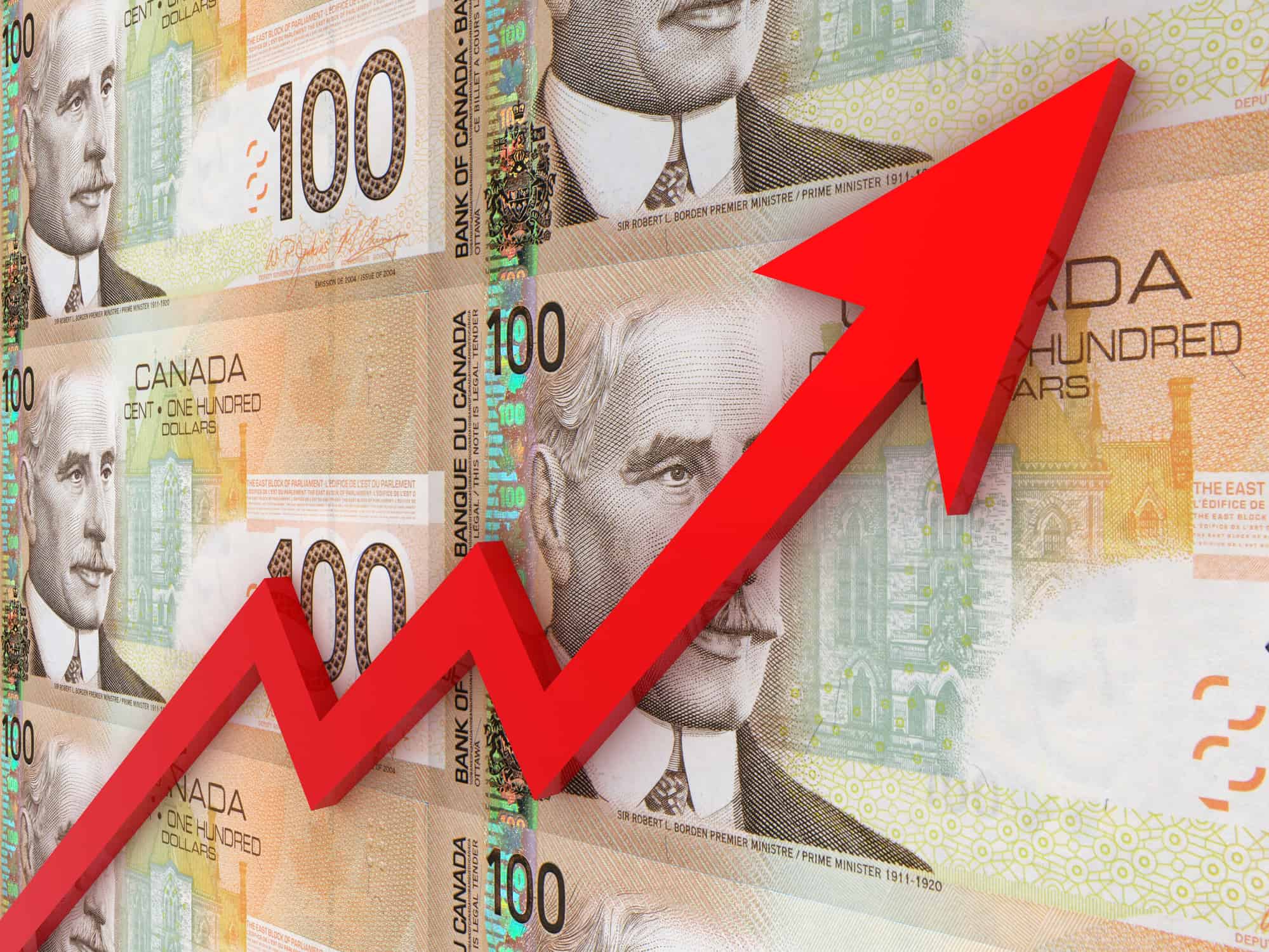The availability of countless Canadian and U.S. stocks and exchange-traded funds (ETFs) through brokerage apps makes it easier than ever to invest, but it also presents a challenge: the decision of where to put your money can be overwhelming.
This vast selection, while advantageous, often leads to analysis paralysis, where the fear of making the wrong choice leaves you frozen in indecision. I’ve encountered this situation myself, spending far more time than I’d like to admit analyzing potential additions to my portfolio.
So, how did I overcome this obstacle? The solution was straightforward. Now, whenever I have funds to invest and don’t feel inclined to dive into extensive research, I default to adding to an S&P 500 index fund.
For those of you with $7,000 in cash, perhaps earmarked for this year’s Tax-Free Savings Account (TFSA) contribution, here’s a thought: placing that investment in an S&P 500 index fund might be a wise move. Here’s why.
Why the S&P 500?
To understand why, let’s introduce the S&P Indices Versus Active (SPIVA) Scorecard. SPIVA is a research initiative that compares the performance of actively managed funds against their relevant S&P index benchmarks. It serves as a valuable tool for investors, offering insights into the effectiveness of active management across different asset classes and over various time periods.
One of the most striking findings from SPIVA is that over the last 15 years, approximately 89% of all U.S. large-cap funds have underperformed the S&P 500. This statistic is a testament to the difficulty stock pickers and active fund managers face in trying to beat the market. Several factors contribute to this challenge, including management fees, transaction costs, and the inherent difficulty of predicting market movements.
Given these obstacles, the logic becomes clear: if beating the S&P 500 is so difficult, joining it might be the wisest choice. Investing in an S&P 500 index fund offers a straightforward, low-cost way to gain exposure to a broad cross-section of the U.S. economy, benefiting from the collective growth of its top companies. This approach simplifies investing while aligning your portfolio with the performance of one of the world’s most successful indexes.
How to invest in the S&P 500 as a Canadian
As a Canadian looking to invest in the S&P 500, you have several great options at your disposal. Three main ETFs enable Canadian investors to track this prominent U.S. index, each with an equally low management expense ratio (MER) of 0.09%:
- Vanguard S&P 500 Index ETF
- iShares Core S&P 500 Index ETF
- BMO S&P 500 Index ETF
With these ETFs, the investment strategy can be straightforward: periodically purchase more shares and reinvest the dividends. This approach allows you to benefit from the growth of the U.S. stock market.
It’s important to acknowledge that investing in the stock market involves volatility. Price swings are a natural part of market dynamics, and while they can be unsettling, there is the potential to achieve solid market returns in the long run.
By choosing one of these ETFs for your portfolio, you can streamline your investment process, focusing on long-term growth while minimizing the fees associated with your $7,000 investment.
Remember, the key to success with this strategy is consistency and a long-term perspective, allowing you to ride out the market’s ups and downs.








